Make sure your sound is turned on! Please wait up to 5 seconds for this video to load.
Make sure your sound is turned on! Please wait up to 5 seconds for this video to load.
Grandma Mary comes from a great lineage of healers. One of her ancestors was a healer on a merchant boat. He traveled the world and searched for the most powerful remedies mother nature has to offer. He left all his legacy to grandma Mary and she's been using it ever since to make her own elixirs and help treat other people.
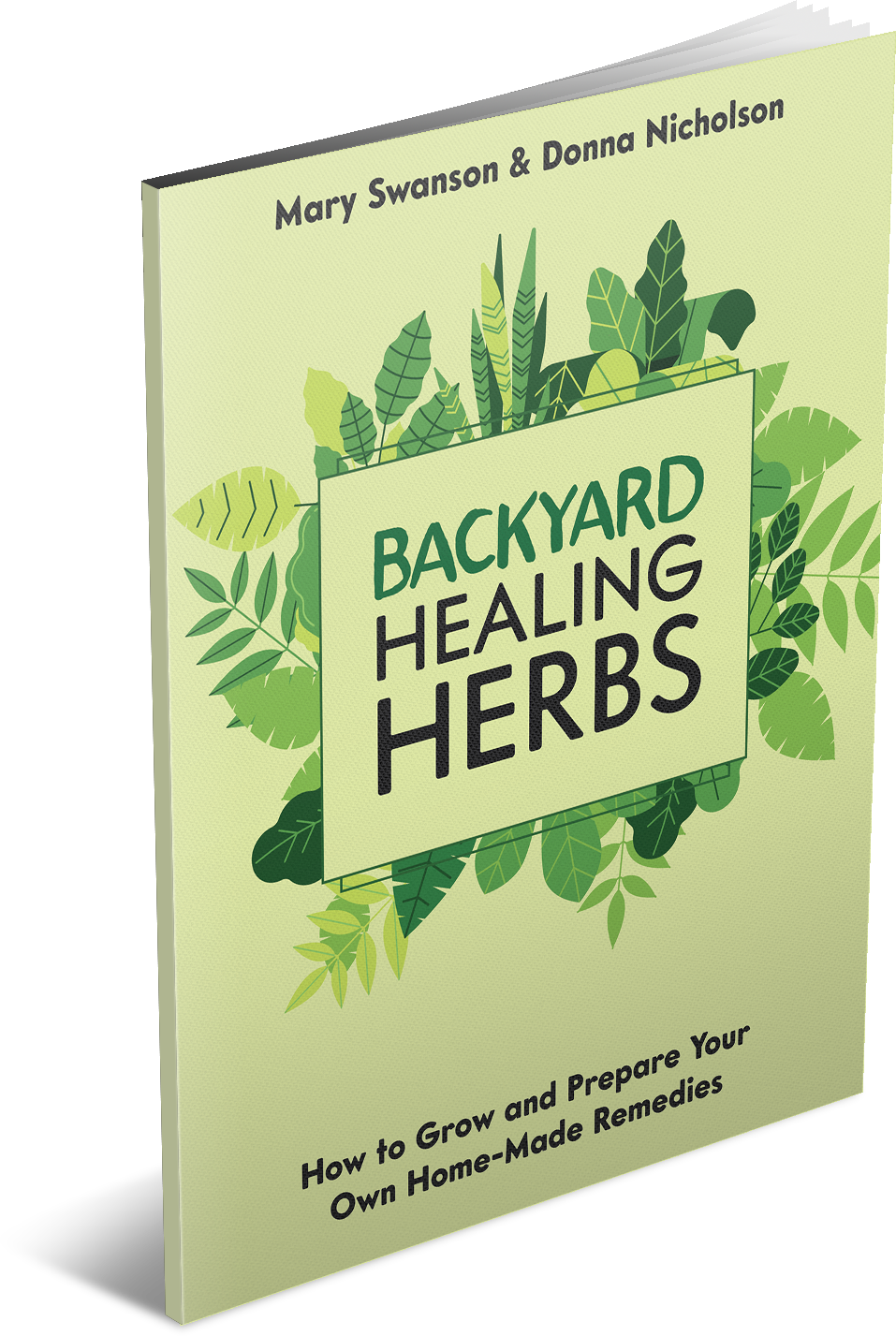


Discover the herbal remedies native Americans used well before they had access to modern medicine.
This guide will give you the ancient wisdom you need to choose even more natural remedies for your backyard. Some of them you might have never heard of or thought about, but these Native American healing herbs can be just as powerful as prescription drugs.
You'll discover how you can use mullein, mint, saloli gatoga (or as you might know it squirrel tail), valerian root, wild black cherry, witch hazel, geranium and even willow bark.
You can find out how to preserve them without using electricity or refrigeration. And how to eat superfoods when you suffer from an illness so you can heal faster.
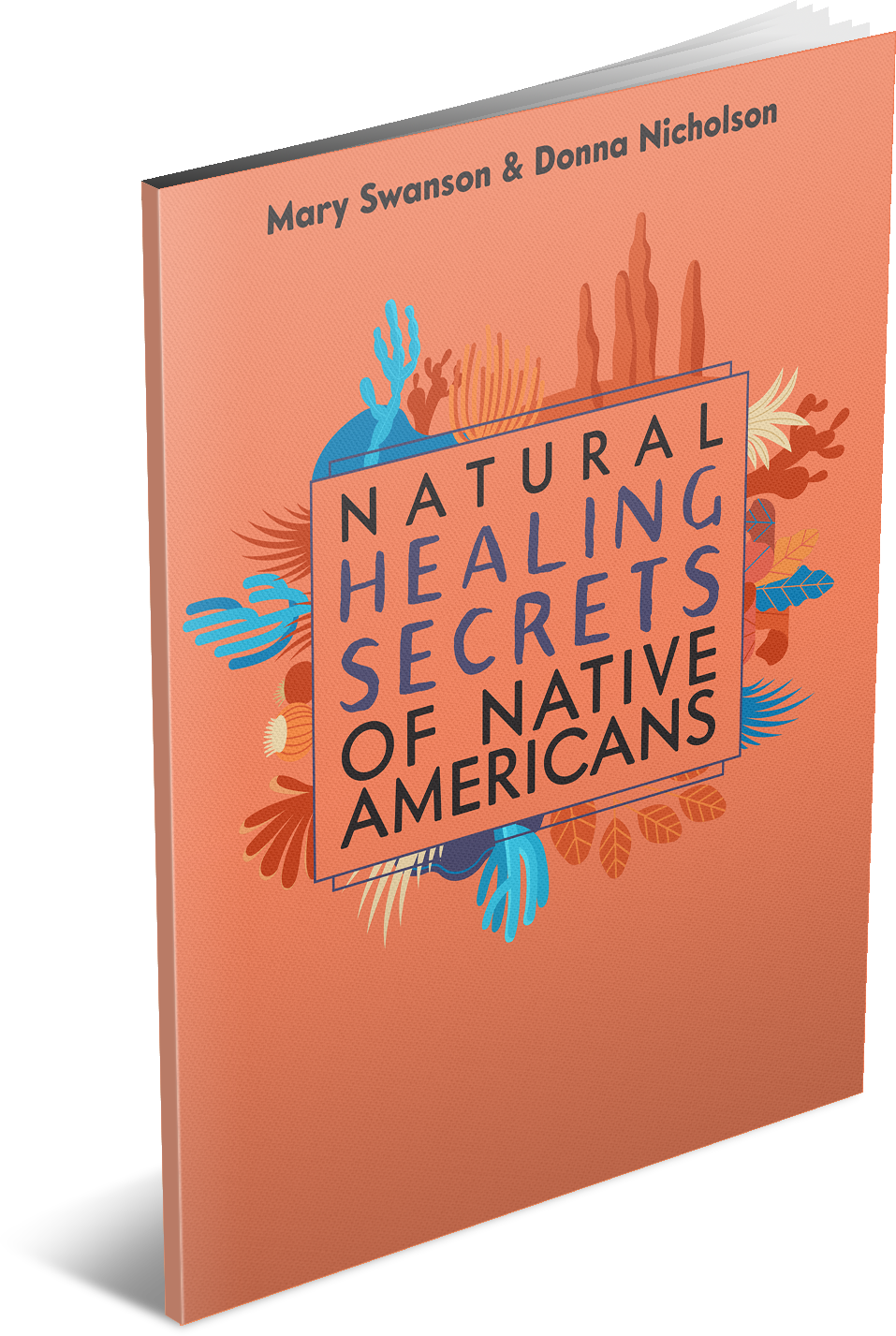
It's not an understatement to say that this one of a kind guide could be the difference between life and death. If you ever find yourself low on resources while hiking in the woods, or if you're lost and starving, you don't have wait for someone to save you.
You'll discover how you can use nature's most precious resources when you're out of food, water and medicine.
This guide covers everything from mushrooms, to nuts, tulips, berries and more. Not only that, but you'll discover the wild edibles in your area no matter where you live.
There are some plants you can survive off of even if you're in the desert such as: prickly pear cactus, saguaro cactus, desert Christmas cactus, chia sage, agave, pinyon pine, mesquite, cholla cactus and yucca.
You'll also find out how you can easily test edible plants in the wild for poison. So if you're unsure about a specific herb you won't get sick or fall victim to it.
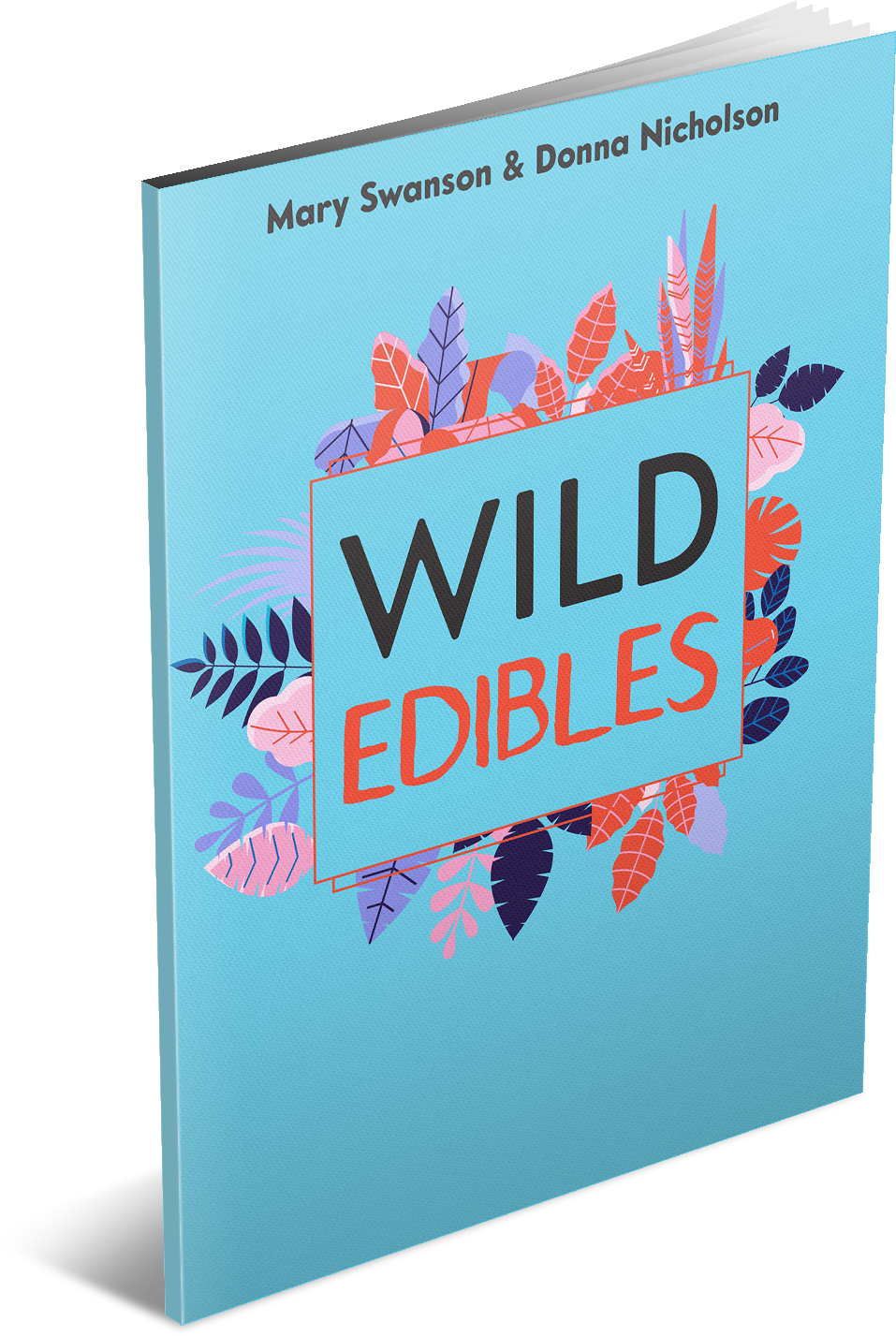
When a medicine shortage or crisis strikes, being able to grow your own food and natural remedies is an essential skill that everyone could benefit from.
In Backyard Healing Herbs we're covering everything we can about natural remedies. That includes some veggies and edible plants. But what if you need to grow more food in your backyard?
When the cozy convenience of a corner grocery store or pharmacy is no longer available, this guide could be the answer to your prayers.
So here are the healthy, nutrient-and-vitamin-filled fresh foods covered in this manual: arugula, beets, broccoli, carrot, cherry tomato, chickweed, dandelion, green beans, kale, pomegranate, rosemary, raspberries and more.
All of them can easily grow in your backyard using the 3 gardening methods you'll discover.
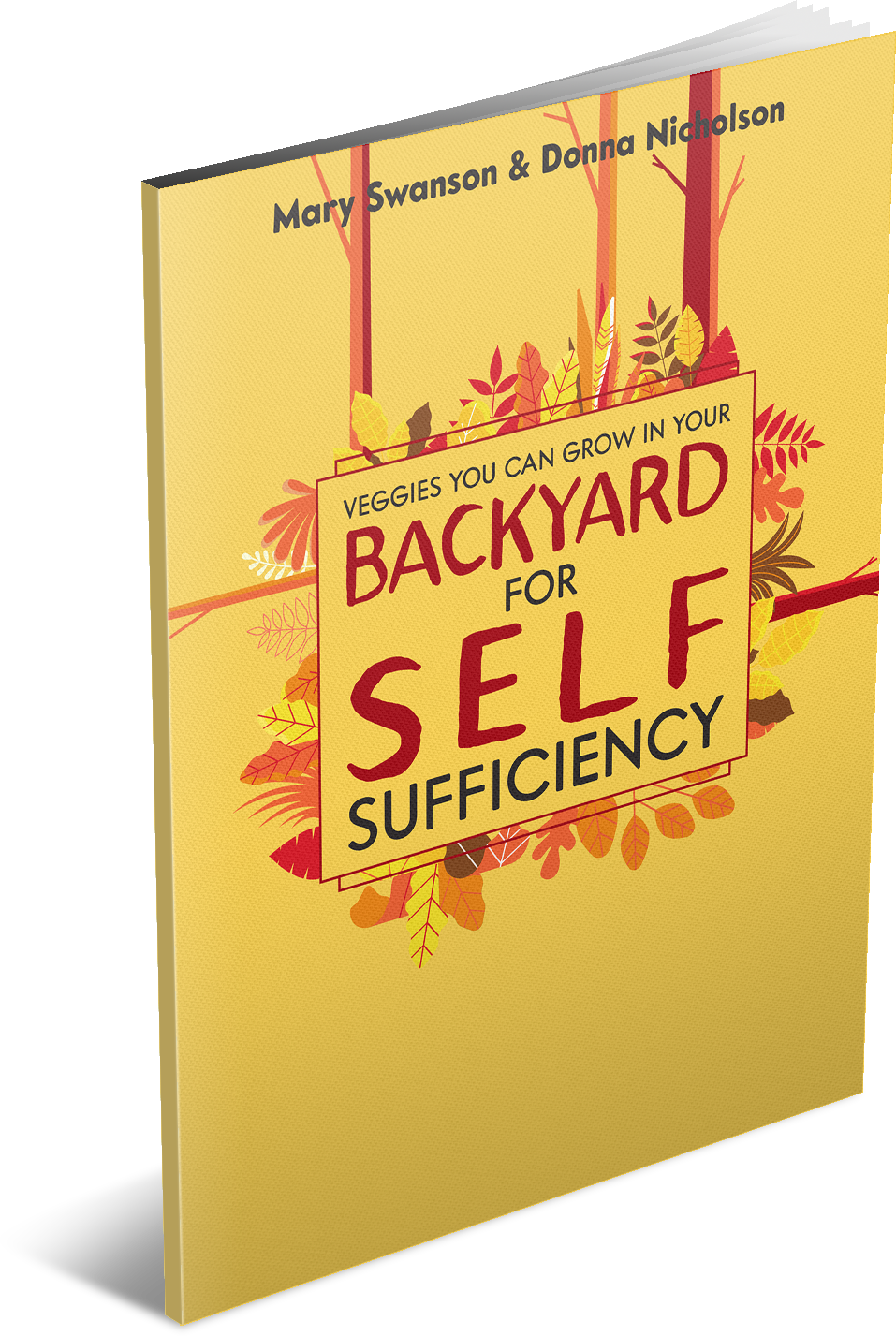
Yes, you can even grow plants in spaces as small as a shoe box. This guide was created with people that live in urban areas or small spaces in mind.
Urban gardening and, to a smaller extent urban farming, started as a way for people who live in cities to grow food untainted by chemicals. It's a way to afford to eat healthy food that's not overpriced.
Urban gardening has grown to epic proportions and is now a movement committed to producing sustainable, locally-sourced food.
Here's what this guide covers: what you need to know about containers, soil and light. Vining plants you can grow, how to use hanging baskets, running planters and other smart tips for vertical gardening.
How to make an upside down garden and what plants you can grow that way. How to build your terrarium garden. And the 14 best vegetables you can grow in small spaces.
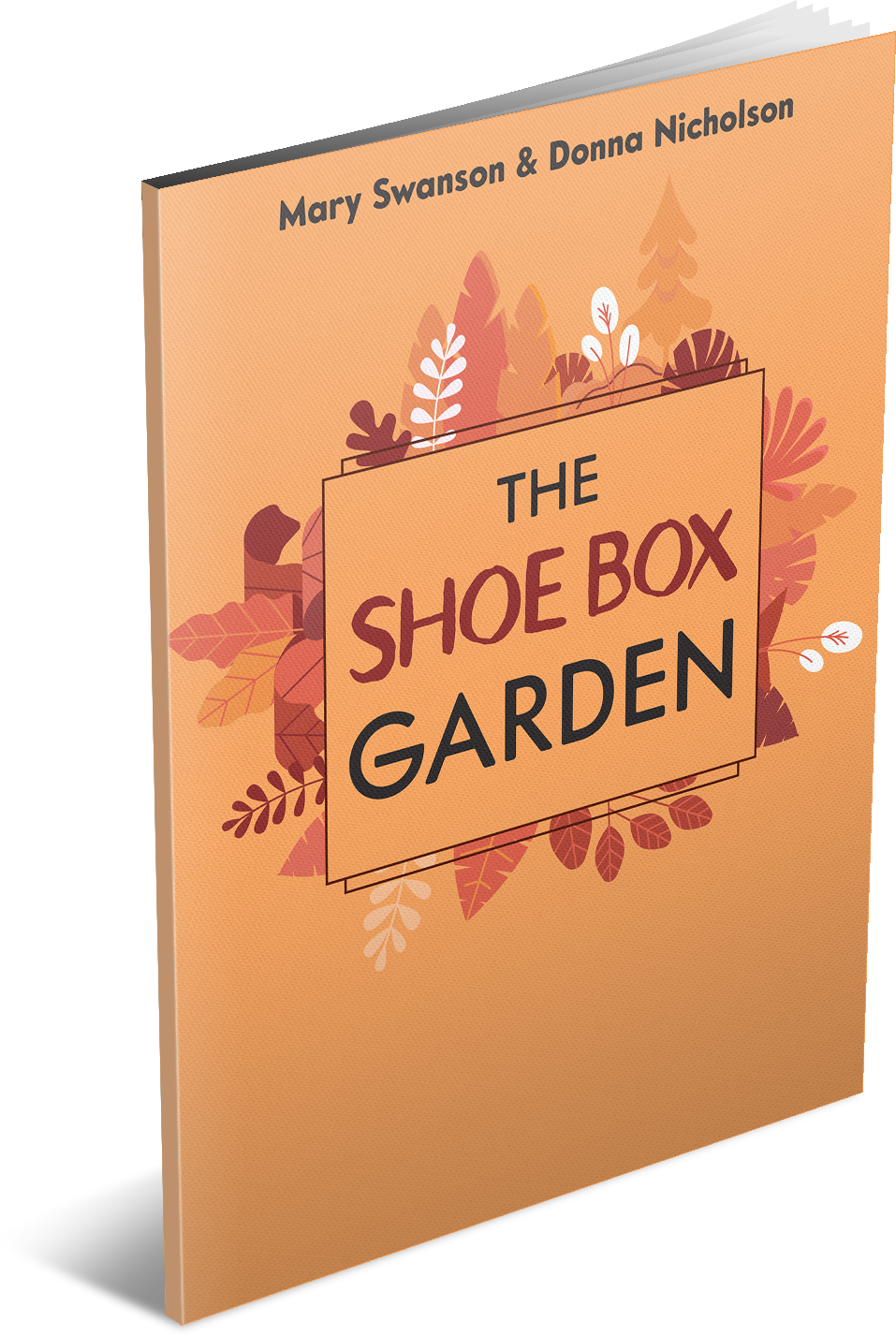
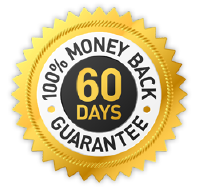
Go through the entire material and the bonuses. If you decide it's not for you, you have 60 full days to return it and you'll get your money back ASAP.
No questions asked and no hard feelings. We figure that's enough time to go through the material, test it out a little bit and decide if it's right for you.